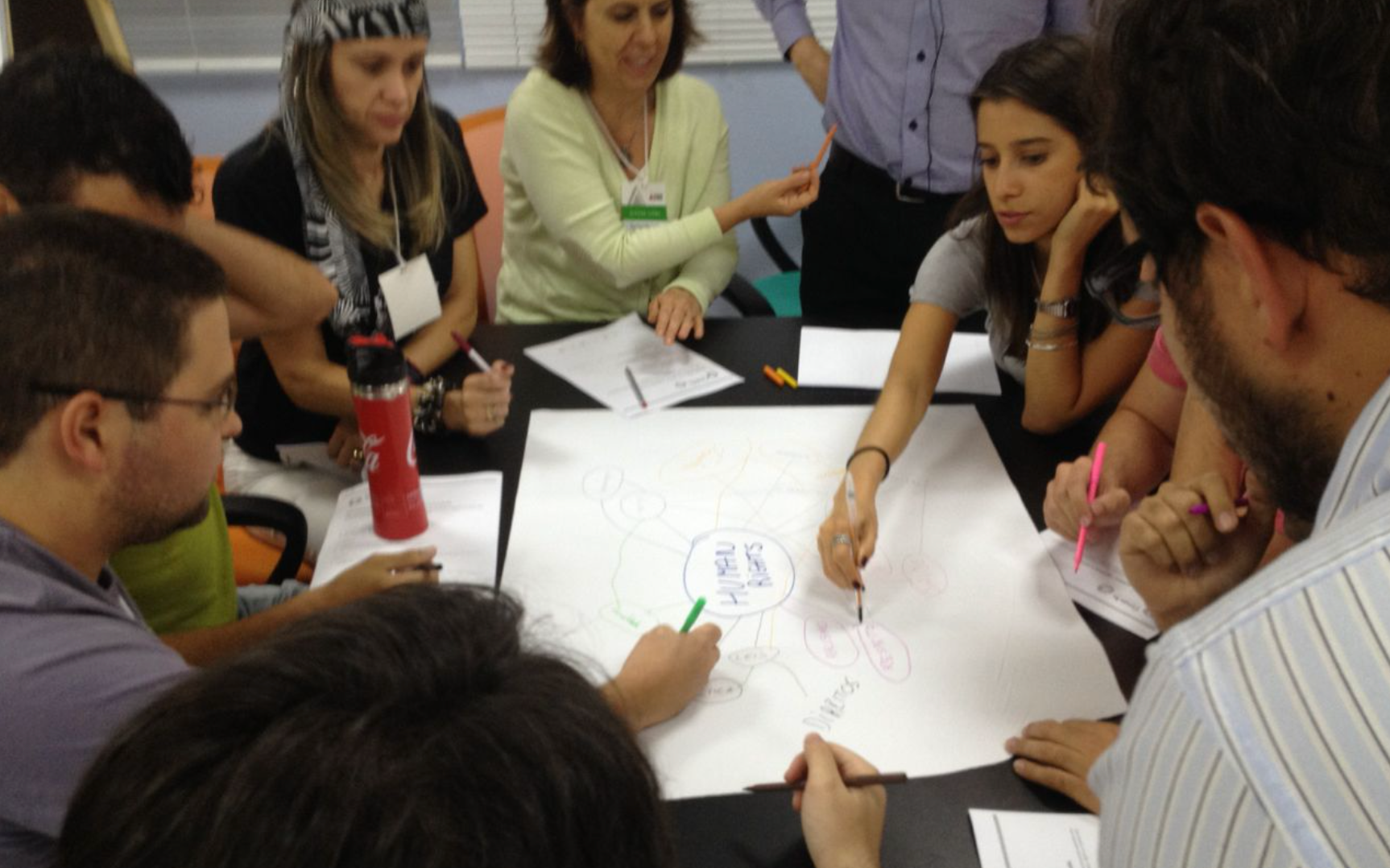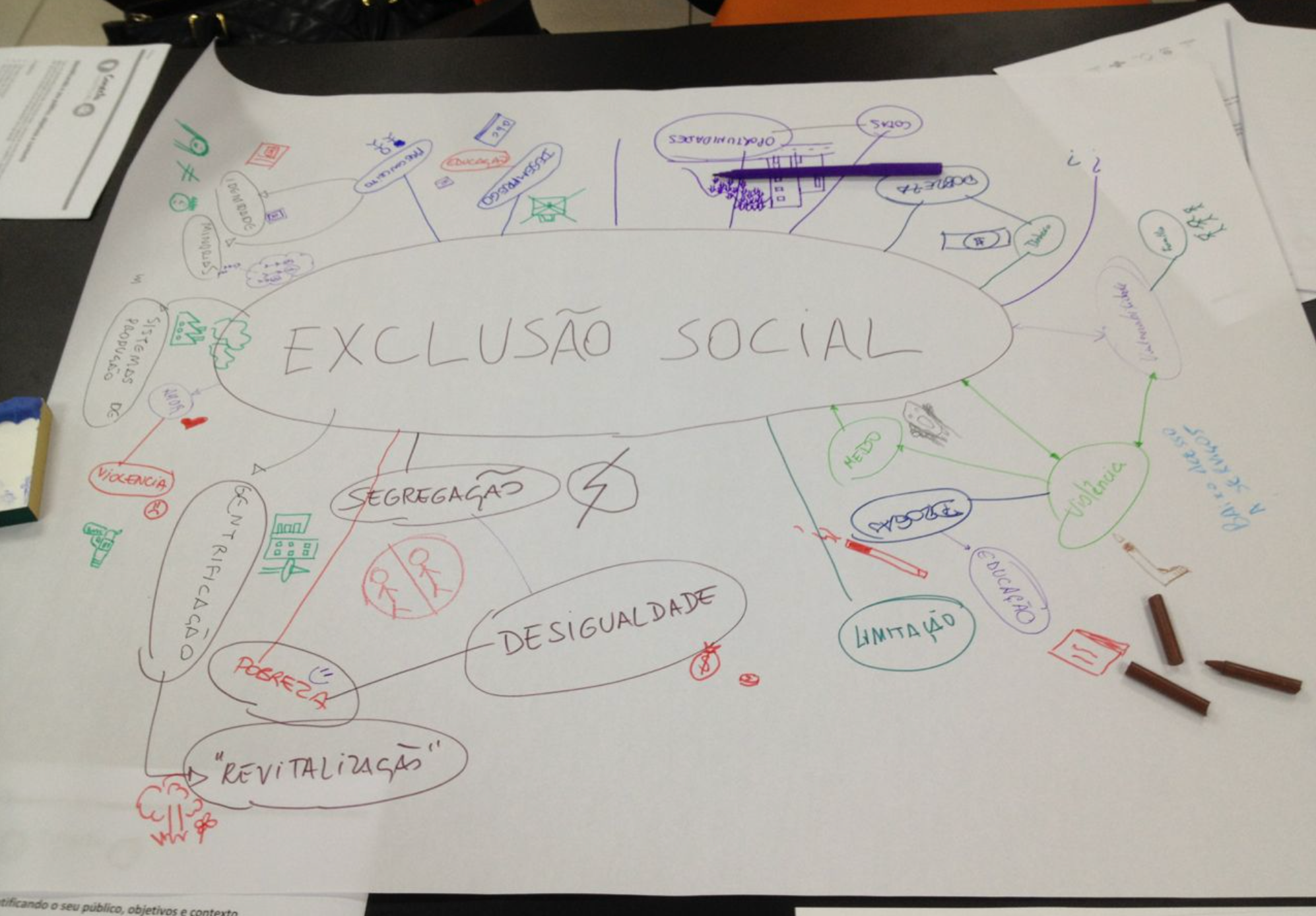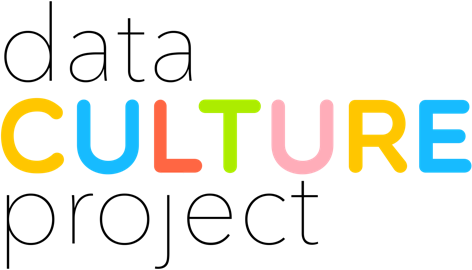Set Up
This activity will take 15 to 20 minutes. You should have these materials on hand:
- Big sheets of paper
- Lots of pens of different colors
- Sticky notes
Download and print the activity guide
 Going Virtual?
Going Virtual?
Use a virtual whiteboard to run this activity. The Zoom meeting software has it built in, but websites like Miro offer web-based alternatives with more features. If any participants have tablets with pens ask them to use those.
Background
Sometimes your data story is centered around an abstract idea, such as "climate", "injustice", or "rights". Abstract ideas are hard to picture, and even harder to draw. This activity helps you brainstorm more concrete ideas that are related to the abstract concepts. It also helps you come up with visual symbols you could later incorporate into a visual design that tells your data story. Making word webs encourages collaborative teamwork and collective brainstorming.
Kick off the Activity
Begin by spreading out large pieces of paper, each with an abstract concept written in the middle. The concepts should be from a data-driven story you are working with. Words like "poverty", "injustice", and "happiness" are all good examples of abstract concepts that come from data-driven stories.
Give each participant a pen and break them up into groups of 5 or 6, with each group assigned to one of the pieces of paper you just showed. Tell the participants they should start by drawing a line from the central word and writing another word that they associate with the first one. Keep adding words connected to the first word or to the ones that other people add. Give the groups 6 minutes to brainstorm and write words. Each paper should end up looking like a web of words, connected by lines.
 Going Virtual?
Going Virtual?
Write the concept in the middle of your virtual whiteboard in a big font. Show participants how to draw lines, type text, and where the “undo” button is. Consider having them try out writing an idea and drawing a line on a test board before beginning.

Once the time is up, hand out the sticky notes. Give folks another five minutes to identify any words that can easily be sketched out, and then have them draw those on a note and stick it next to the word.
 Going Virtual?
Going Virtual?
Consider whether your virtual whiteboard is good for sketching. Drawing with a mouse is hard. You might want to instead have participants sketch their ideas on paper sticky-notes and post them to an artboard website like Pinterest.
Have Everyone Share Back
Bring everyone back together, and have each group hang the sheets of paper on the wall. Give participants a few minutes to walk around looking at what other groups created.

Ask the full group about the connections they saw, the unique or unconventional ideas conveyed, and the pictures that stood out to them as iconic or effective. Highlight any drawings that carry a particular tone, or ones that may only make sense in certain contexts or cultures. Discuss which pictures are most effective for conveying the concept of the data-driven story you started with.
Note that there are online sources which can help you brainstorm, such as the Noun Project.
